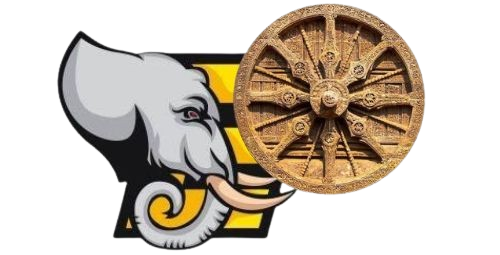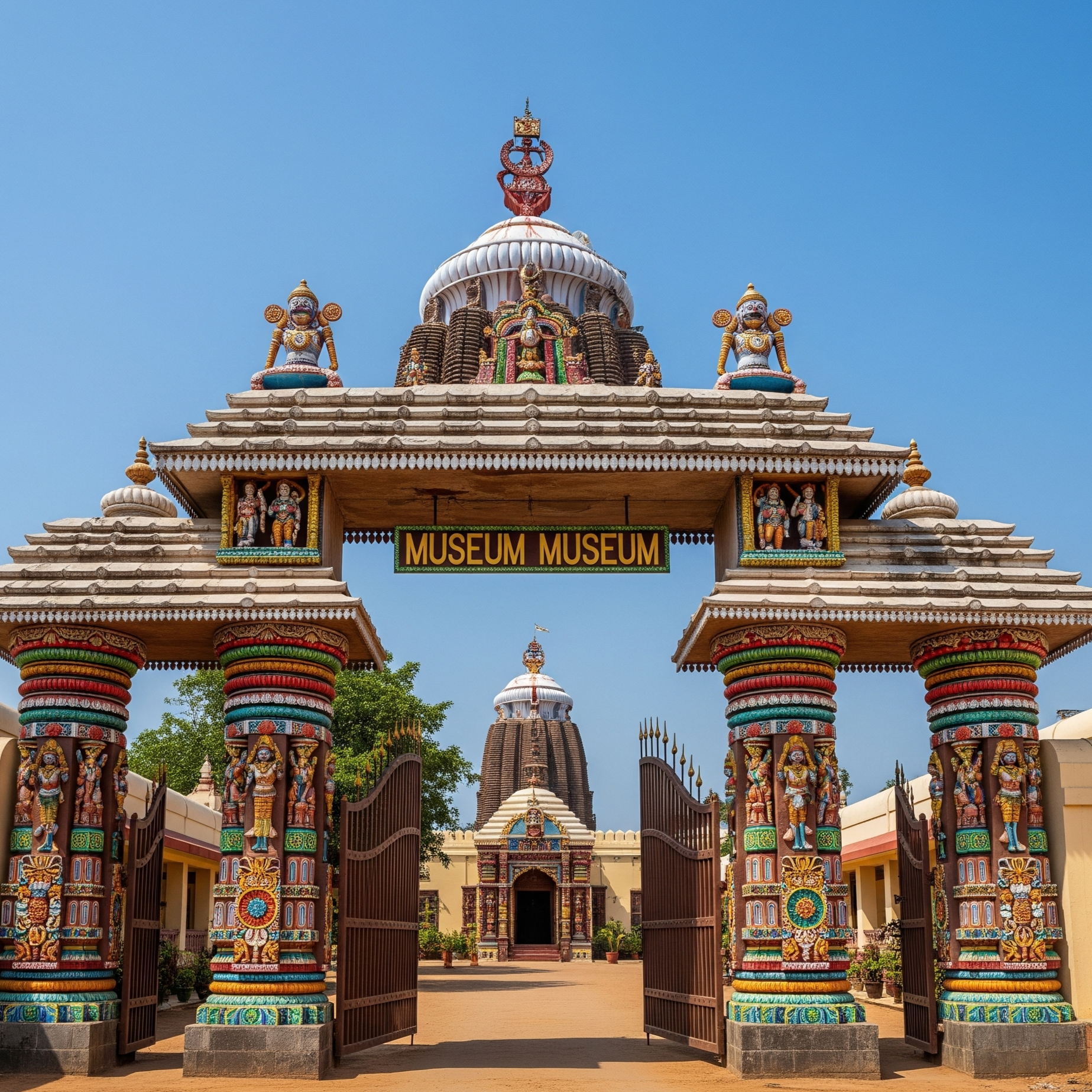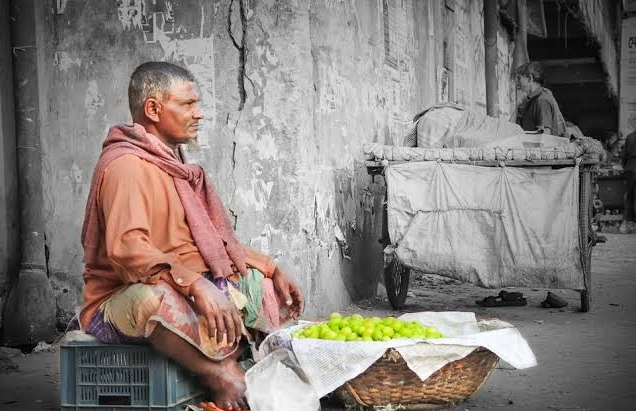Nestled in the sacred town of Puri, in the eastern Indian state of Odisha, the Jagannath Temple is not only a profound religious epicenter but also a living repository of art, heritage, and ancient rituals. Complementing this divine legacy is the Jagannath Temple Museum, a relatively lesser-known yet profoundly significant institution that captures the rich cultural, spiritual, and historical essence of the Jagannath cult and temple traditions.
The Puri Jagannath Temple Museum stands as a curated window into the world of Jagannath consciousness—a philosophical, artistic, and ritualistic journey rooted in thousands of years of devotion. This museum, developed with meticulous care and reverence, seeks to preserve and present the glorious legacy of one of India’s most iconic spiritual institutions.
The Origin and Establishment of the Jagannath Temple Museum
The idea of a dedicated museum to house the cultural artifacts, rare manuscripts, traditional crafts, and historical objects associated with the Jagannath Temple took shape in response to a growing need for preservation and interpretation. Given the temple’s significance as a center of spiritual gravity for millions, scholars and devotees alike felt the urgency to conserve the lesser-seen facets of Jagannath culture—beyond the annual Rath Yatra or temple rituals.
In the late 20th century, with the increasing focus on heritage conservation, the Jagannath Temple Administration and Odisha State Government, along with cultural institutions and spiritual scholars, collaborated to establish what is today known as the Shree Jagannath Temple Museum. The museum was created not just as a repository but also as an educational and cultural space, offering deep insights into the multi-dimensional world of Jagannath worship.
Location and Accessibility
The museum is located within close proximity to the Jagannath Temple complex in Puri, ensuring easy access for pilgrims and tourists. It is often visited by researchers, students, spiritual seekers, and international tourists keen on understanding the depth of Odisha’s cultural heritage.
While photography inside the Jagannath Temple is strictly prohibited due to religious restrictions, the museum provides a rare opportunity to visually and intellectually engage with elements that remain otherwise hidden from the public eye.
Architecture and Layout
The museum structure is designed to reflect Odishan temple architecture, with traditional motifs, intricate carvings, and a layout that mimics the progression of spiritual experience—from outer symbols to inner essence. The galleries are arranged thematically to facilitate a comprehensive understanding of the Jagannath tradition from historical, ritualistic, artistic, and philosophical perspectives.
The museum is divided into several sections or galleries, each focused on a specific aspect of Jagannath heritage.
Key Exhibits and Collections
1. The Wooden Trinity Replicas
One of the main highlights of the museum is the life-sized replicas of the Chaturdha Murti—Jagannath, Balabhadra, Subhadra, and Sudarshan—carved in wood, just like the ones inside the sanctum. These give visitors a rare close-up view of the deities, their unique iconography, and the abstract yet deeply symbolic form they represent.
The idols are shown in their Nabakalebara transition phase, explaining how the wooden bodies of the deities are ceremonially replaced every 12–19 years, with the secretive transfer of Brahma Padartha, the eternal spirit.
2. Rituals and Ceremonial Artifacts
Another gallery displays sacred utensils, traditional clothing, ornaments, Chita (crowns), and various puja samagri (worship items) used during daily and annual rituals. Detailed models illustrate major festivals such as Snana Yatra, Nabakalebara, and the Rath Yatra, along with their historical evolution.
Visitors can witness the miniature versions of the Raths (chariots)—Nandighosa (Jagannath), Taladhwaja (Balabhadra), and Debadalana (Subhadra)—complete with inscriptions explaining their architecture, symbolism, and ritual significance.
3. Ancient Manuscripts and Scriptures
The museum houses an impressive collection of palm-leaf manuscripts, rare scriptures, and religious texts, including:
- Skanda Purana (Utkala Khanda) references to Jagannath.
- Bada Jagannath Mundi records and Madala Panji, the temple’s ancient chronicle that documents rituals, historical events, and political patronage since the 12th century.
These manuscripts are not only of religious value but also serve as historical records, offering insight into temple management, local politics, and royal contributions to temple rituals over centuries.
4. Art and Iconography
The museum is a treasure trove of traditional Pattachitra paintings, stone sculptures, terracotta figurines, and ancient carvings representing various forms of Lord Jagannath and associated deities. There are rare depictions of Jagannath as Buddha, Jagannath as Krishna, and as Narayana, reflecting the syncretic evolution of the deity from tribal to Vaishnavite worship.
Some artworks even trace the influence of Shaivism, Shaktism, and Jainism in the temple iconography, thus showcasing the universal, inclusive nature of Jagannath consciousness.
5. Tribal Origins and Evolution
A dedicated section focuses on the tribal and indigenous origins of Jagannath worship, particularly among the Sabara tribe, believed to be the first custodians of the deity. The display includes traditional masks, hunting tools, and ritual practices of tribal communities that were later absorbed into the mainstream temple worship.
This section is crucial in understanding the grassroots and pluralistic foundation of Jagannath culture—a fusion of indigenous spirituality and Vedic traditions.
The Museum’s Educational and Cultural Role
Beyond its collections, the museum actively serves as:
- A research hub for scholars of history, religion, and anthropology.
- A platform for cultural exchange, hosting lectures, exhibitions, and workshops on Odishan art forms such as Gotipua, Odissi dance, and palm-leaf illustration.
- A training center for younger generations, keeping alive the traditional practices, chants, and artistic skills tied to temple rituals.
The museum plays a vital role in connecting devotional faith with intellectual inquiry, bridging generations and geographies.
Preservation and Digitization Efforts
In recent years, there have been increased efforts toward digitizing manuscripts, improving climate-controlled storage, and translating rare texts into modern languages. These initiatives aim to make ancient wisdom accessible while ensuring that fragile artifacts are preserved for posterity.
The temple administration, in partnership with cultural bodies like INTACH and ASI, is working to further modernize the museum infrastructure without compromising its spiritual integrity.
Visitor Experience
A guided tour through the museum offers a multi-sensory experience—from the sound of Sankirtan music to the aroma of temple herbs used in rituals. The audio-visual room plays documentaries on the Rath Yatra, temple construction, and Jagannath’s global influence.
There’s also a souvenir shop offering books, miniature idols, Pattachitra artworks, and replicas of ancient texts—perfect for those wishing to take a piece of the divine experience home.
Conclusion
The Puri Jagannath Temple Museum is not just a place to view relics—it is a spiritual and cultural journey into the heart of one of the oldest and most enigmatic religious traditions in India. Through its galleries, manuscripts, models, and exhibits, the museum narrates the story of a deity who transcends form, caste, and creed—a deity who belongs to all.
It is a must-visit for anyone seeking to understand not just Lord Jagannath, but the very soul of Odisha—its art, its history, its people, and their timeless devotion.




